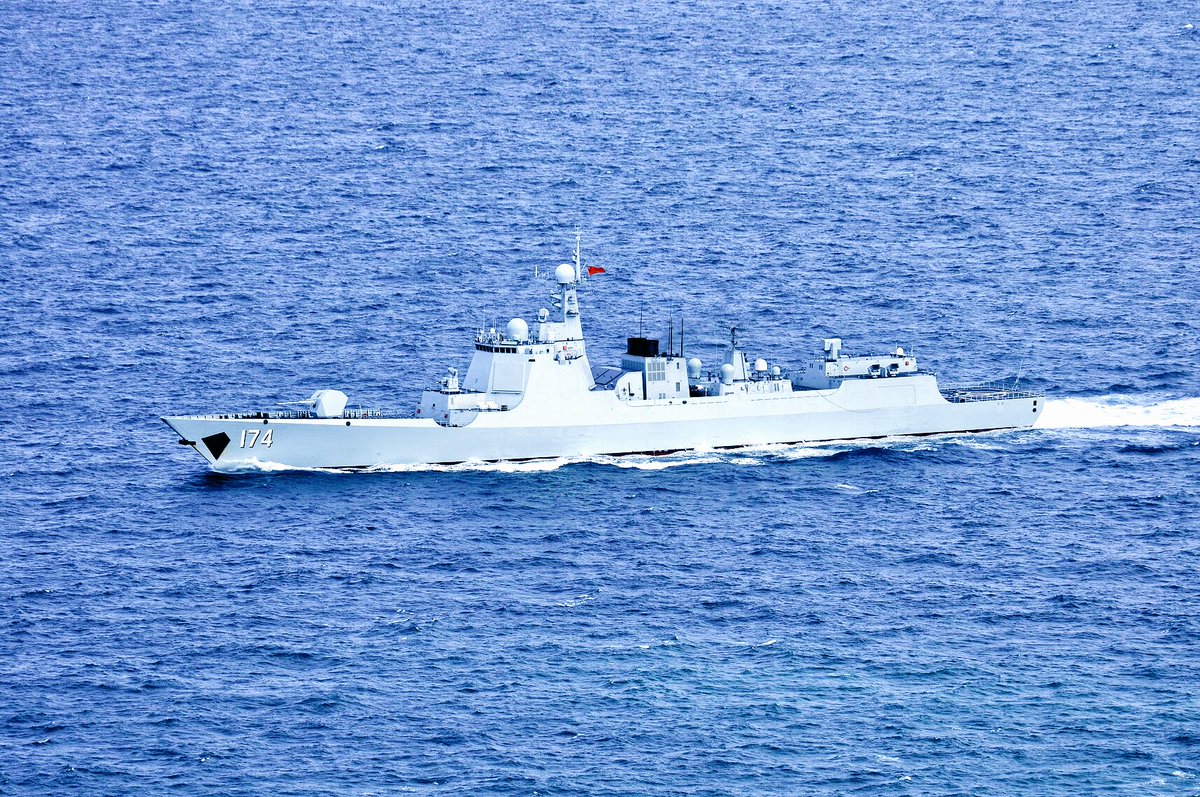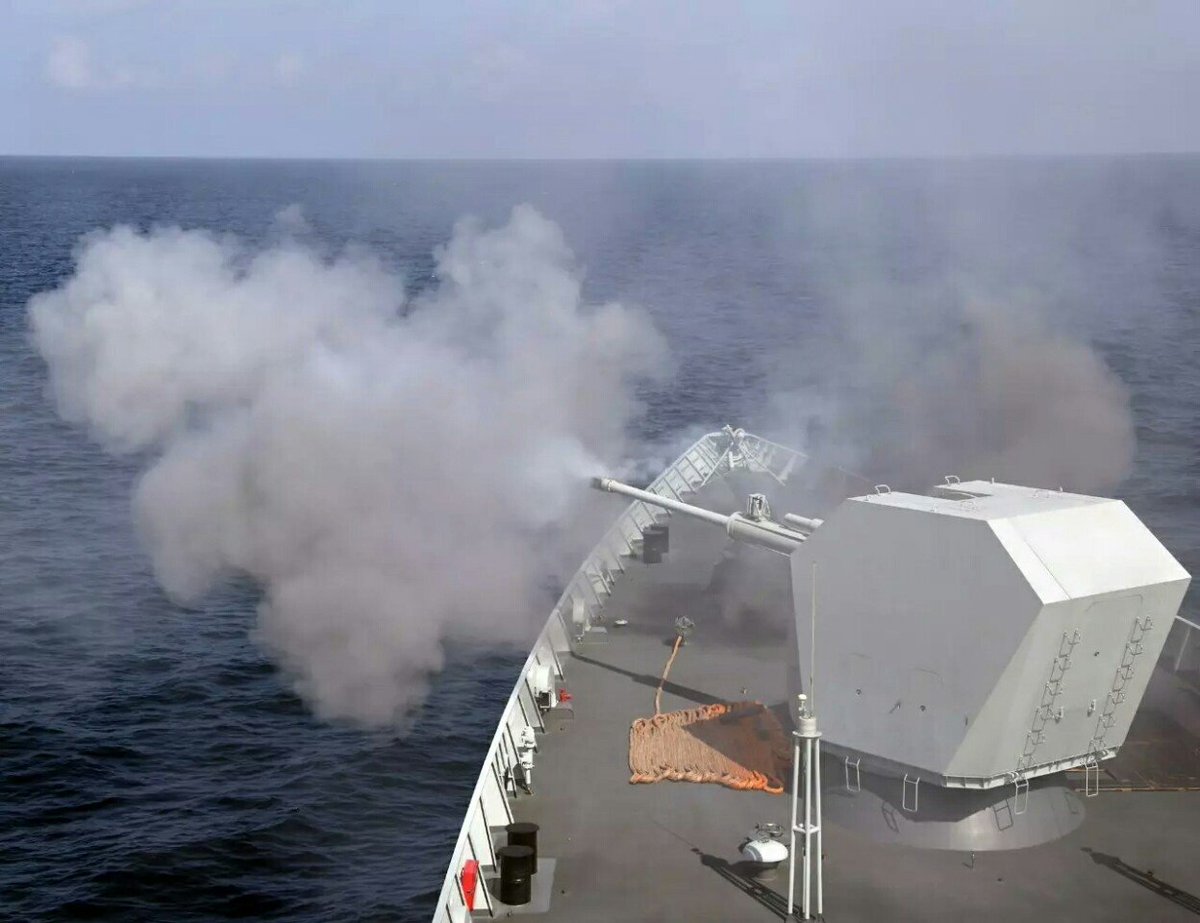This may have some relevance to China's submarine force in the future... Link to the journal article is at the end.
First underwater entanglement could lead to unhackable comms
By Devin Powell
The weird world of quantum mechanics is going for a swim. A team of Chinese researchers has, for the first time, transmitted quantum entangled particles of light through water – the first step in using lasers to send underwater messages that are impossible to intercept.
“People have talked about the idea of underwater quantum communication before, but I’m not aware of anyone who has done an experiment like this,” says
at the University of Waterloo in Canada. “An obvious application would be a submarine which wants to remain submerged but communicate in a secure fashion.”
Entanglement starts with a beam of light shot into a crystal. This prism splits the light into pairs of photons with strangely linked behaviour. Manipulate one particle in a pair, and its partner will instantly react. Measure the first one’s polarisation, for example, and entanglement could ensure that its twin will have the opposite polarisation when measured.
These entangled photons can theoretically be used to set up a
between two people, with privacy guaranteed by the laws of physics.
But this fragile quantum state can easily be disturbed by the surrounding environment. So far, entanglement has been maintained between particles separated by long distances after traveling through air, space and optical fibres.
To test entanglement in water, which is less forgiving toward light,
and his colleagues at Shanghai Jiao Tong University in China gathered saltwater from the Yellow Sea and placed it in a 3-metre-long container. They were able to transmit entangled photons through the water without disturbing their quantum link.
As the first experiment of its kind, it’s not clear whether this will be enough to
. Three meters may not seem that impressive compared with the 1200 kilometres that a Chinese satellite recently
down to Earth’s surface. “It’s not very surprising to me that if I send light through 10 feet of water it doesn’t get depolarised,” says
at the University of Illinois at Urbana-Champaign.
But Jin says this is only the beginning. His team’s calculations suggest that it should be possible to communicate over nearly 900 metres in water. set a more conservative limit of just over 120 metres.
“Because ocean water absorbs light, extending this is going to difficult,” says
at the University of Missouri in Columbia. “One option would be to use relays, but right now this is very far removed from anything that would be practical.”
Journal reference:
Optics Express,



